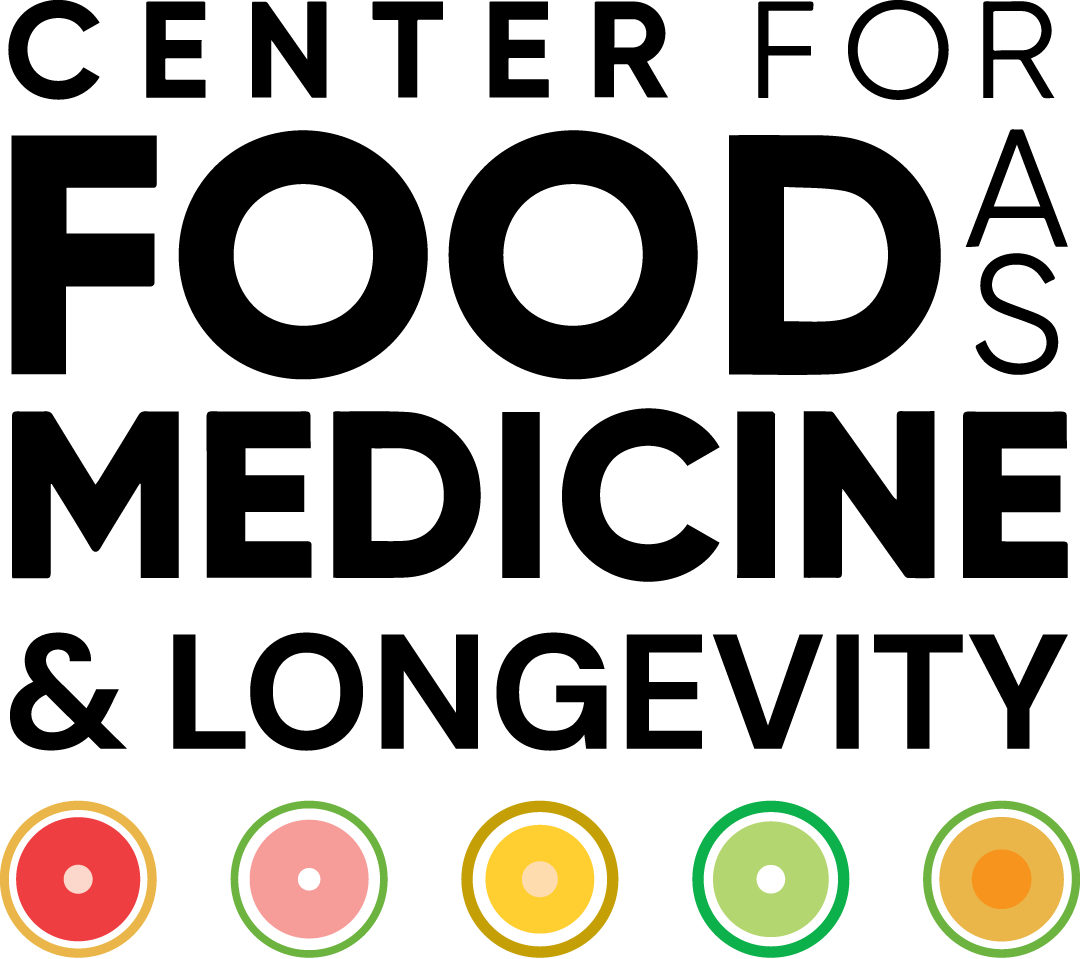To-MAY-to, To-MAH-to
“You like tomato and I like tomahto
Potato, potahto, tomato, tomahto
Let’s call the whole thing off.”
~ Let’s Call the Whole Thing Off, Ella Fitzgerald and Louis Armstrong
The story of the tomato (or to-MAH-to, as you like) is a fascinating study of food history and cultural fusion. Quite often, when considering modern cuisines, the tomato and various sauces, soups, and other preparations derived from it are associated with Mediterranean countries like Italy and Spain. Yet the tomato is a new-world plant that was unknown in Europe before the Columbian exchange. And even after its introduction, it was regarded for many years with deep suspicion. Fast-forward to today, when it is one of the most widely consumed vegetables globally and synonymous with classic Italian dishes such as pizza and spaghetti and Spanish favorites like gazpacho. This week’s study from the Spanish PREDIMED group sought to determine the relationship between tomato consumption and hypertension, a potent cardiovascular risk factor affecting almost 20 million people worldwide.
- A three-year study involving 11 Spanish centers.
- The study involved approximately 7,000 participants (83 percent with hypertension at baseline) consisting of men aged 55 to 80 and women aged 60 to 80 at high risk of developing cardiovascular disease but without evidence of overt coronary heart disease.
- Consumption was assessed yearly using a validated food frequency questionnaire (FFQ), with daily tomato consumption determined from items in the FFQ.
- Tomato consumption was converted into daily lycopene intake (milligrams of lycopene per grams of total food consumed).
- Consumption was divided into four quartiles: low (less than 44 grams), intermediate (44-82 grams), upper intermediate (82-110 grams), and highest (greater than 110 grams) of tomato consumption per day.
- The primary outcome was blood pressure measurements with a secondary outcome of a new diagnosis of arterial hypertension (in the approximately 1,200 participants without a diagnosis of hypertension at study initiation).
- The three-year longitudinal study recorded blood pressures and food consumption at baseline, year one, and three years of follow-up; any missing blood pressures (13.6 percent) “were imputed with an expectation-maximization algorithm.”
The Take-Away:
- The highest consumptive quartile compared to the lowest significantly reduced diastolic blood pressure.
- In those with grade 1 hypertension (systolic blood pressure 140–159 mmHg and/or diastolic blood pressure 90–99 mmHg), tomato consumption at the highest quartile significantly reduced both systolic and diastolic blood pressure.
- In the highest quartile of consumption, greater than 110 grams of tomato or tomato products (equivalent to approximately one large-sized tomato), the risk of hypertension was decreased by 36 percent.
The Caveats:
- The study recorded blood pressure at only three points over the course of three years and imputed any missing data points.
- The study utilized yearly FFQ recall for dietary analysis, a method subject to several bias errors.
- The benefit of hypertension prevention was only seen in the group of the highest consumers versus the group of the lowest consumers.
- For those with existing hypertension, the only benefit was seen in those with grade 1 hypertension, and the statistical significance of that became null in the model (Model C) accounting for total fruit and vegetable consumption.
- The highest group of consumers was statistically significantly younger than the lowest quartile of consumers, with statistically significantly smaller waist circumference and BMI and statistically significantly lower blood pressure (both systolic and diastolic) at study initiation.
- In addition to consuming more tomatoes, the highest group of consumers statistically significantly consumed more fish, legumes, vegetables, and fruit, as well as less coffee, alcohol, sweetened beverages, cereals, and sugar.
- The highest quartile of consumers also consumed significantly more potassium, resulting in a statistically significantly lower sodium-to-potassium ratio, a marker that correlates with less hypertension and decreased cardiovascular risk.
With so much information available on a daily basis, information overload is a real phenomenon, and details become important precisely because they can become so easily lost. Not infrequently, studies like this are used for the basis of supplement claims -for example, promoting a lycopene supplement as an effective adjunct for hypertension prevention and treatment. And it may be, but that’s not what the study demonstrates.
While the study touts that the “Evidence from experimental and clinical studies supports the beneficial health effects of tomato, tomato-based products (e.g., sauce, juice, paste, puree, ketchup, and soup) and even lycopene taken as a supplement,” that is not substantiated here. When examined in greater detail and scrutiny, what this study really suggests is that eating more fruits and vegetables – including tomatoes – as part of an overall Mediterranean approach is good.
To-MAY-to, to-MAH-to, enjoy real food, as you like it. For all the world’s indeed a cuisine, and we are merely tasters!
The Study:

